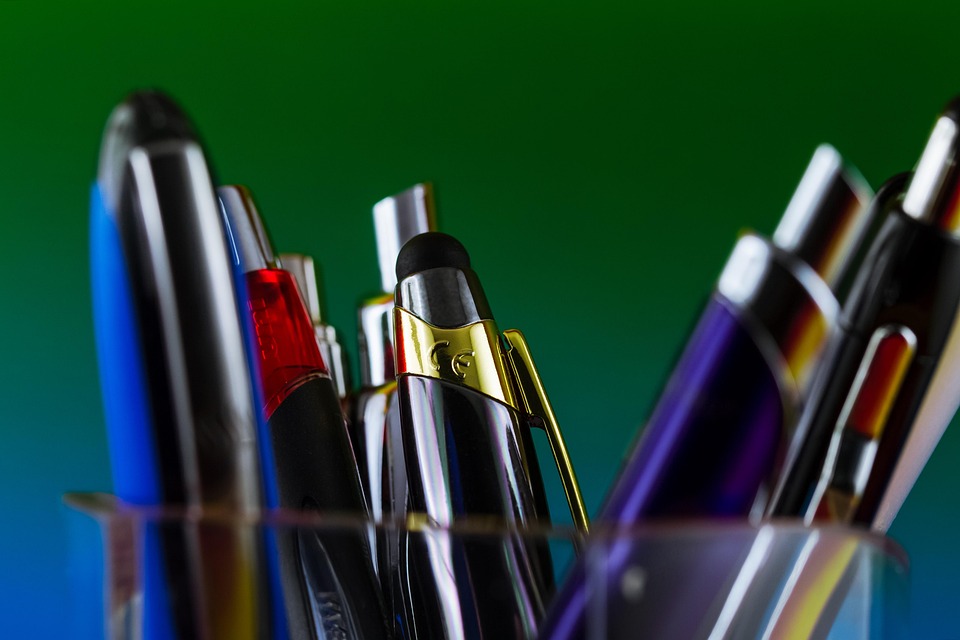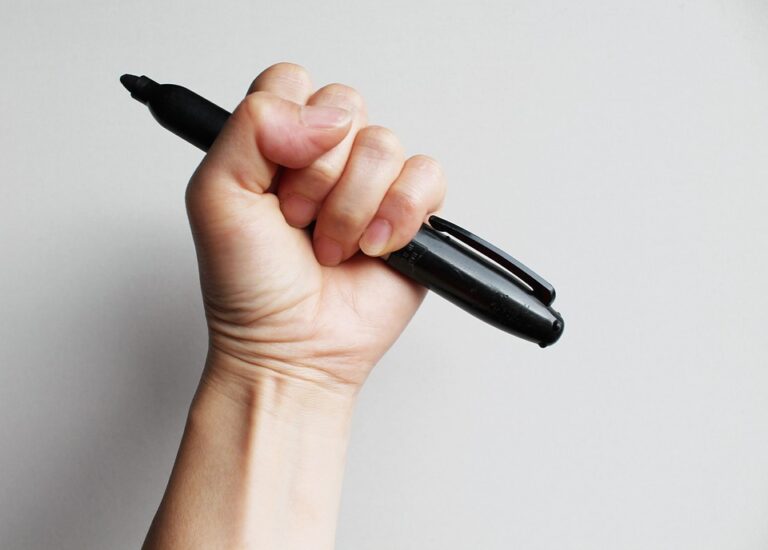
The Ballpoint Pen: A Tale of Evolution and Ingenuity
The ballpoint pen, a seemingly mundane item we often take for granted, has a rich history steeped in innovation and necessity. This unassuming instrument, which resides in our pockets, desks, and bags, has undergone a fascinating evolution that reflects not only advances in technology but also the changing needs of society.
1. A Humble Beginning
The origins of the ballpoint pen can be traced back to the early 19th century, with multiple inventors attempting to create a more efficient writing instrument. One of the earliest patents was filed by the American inventor John J. Loud in 1888, aimed at marking leather. However, it wasn’t until the 1930s that the ballpoint pen truly began its journey into the hearts and hands of the masses. Laszlo Biro, a Hungarian-Argentinian journalist, recognised the limitations of fountain pens—ink smudging, constant refills, and the need for paper that could absorb moisture. He designed a pen that used a tiny ball bearing to dispense quick-drying ink, thus revolutionising the writing experience.
2. The Rise to Popularity
The 1940s heralded the commercialisation of Biro’s invention, with the first mass-produced ballpoint pens—namely, the Biro pen—entering the market. Their practicality was undeniable; they were affordable, reliable, and, importantly, less messy than their predecessors. During World War II, these pens became essential for soldiers, who needed a durable writing tool that could withstand the rigours of combat. Soldiers could write on the go, capturing their thoughts and experiences with ease. This moment marked a significant turning point, as the ballpoint pen transitioned from a novelty to a necessity.
3. Technological Advancements
As the decades rolled on, the ballpoint pen continued to evolve. Manufacturers experimented with various designs and materials, leading to the creation of pens with ergonomic grips, retractable tips, and even multi-function capabilities. The introduction of different ink formulations enabled a plethora of colours and styles, allowing for personal expression in ways previously unimagined. Innovations such as pressure-sensitive ink and refillable cartridges further enhanced their appeal. It’s intriguing to ponder: how many people have personalised their pens, making them not just tools, but extensions of their identities?
4. The Digital Age Dilemma
In our current digital age, one might question the relevance of the ballpoint pen. With smartphones, tablets, and laptops at our fingertips, the art of penmanship seems to be fading. Yet, there remains a certain charm and connection found in the act of writing by hand. Studies have indicated that writing by hand can enhance memory retention and comprehension, creating a cognitive link that typing simply cannot replicate. Perhaps the ballpoint pen is not merely a relic of the past, but rather a bridge between traditional craftsmanship and modern convenience.
5. The Future of Writing Instruments
What lies ahead for the ballpoint pen? As sustainability becomes a pressing concern, manufacturers are exploring eco-friendly materials and refillable designs to reduce waste. The rise of smart pens, which combine traditional writing with digital functionality, hints at an exciting fusion of old and new. Yet, despite these advancements, one can’t help but wonder: will the tactile joy of writing ever truly be replaced?
In wrapping up this exploration of the ballpoint pen, one must appreciate the journey it has taken—from a humble tool to a symbol of personal expression and practicality. Each pen carries not just ink, but a story, a memory, a moment in time.
As we continue to navigate through the vast world of writing instruments, remember that BargainsTrust is always here to keep you informed about the best selections and innovations in everyday essentials. Whether it’s a classic ballpoint or the latest in digital writing technology, we strive to bring you the best choices that suit your needs.







